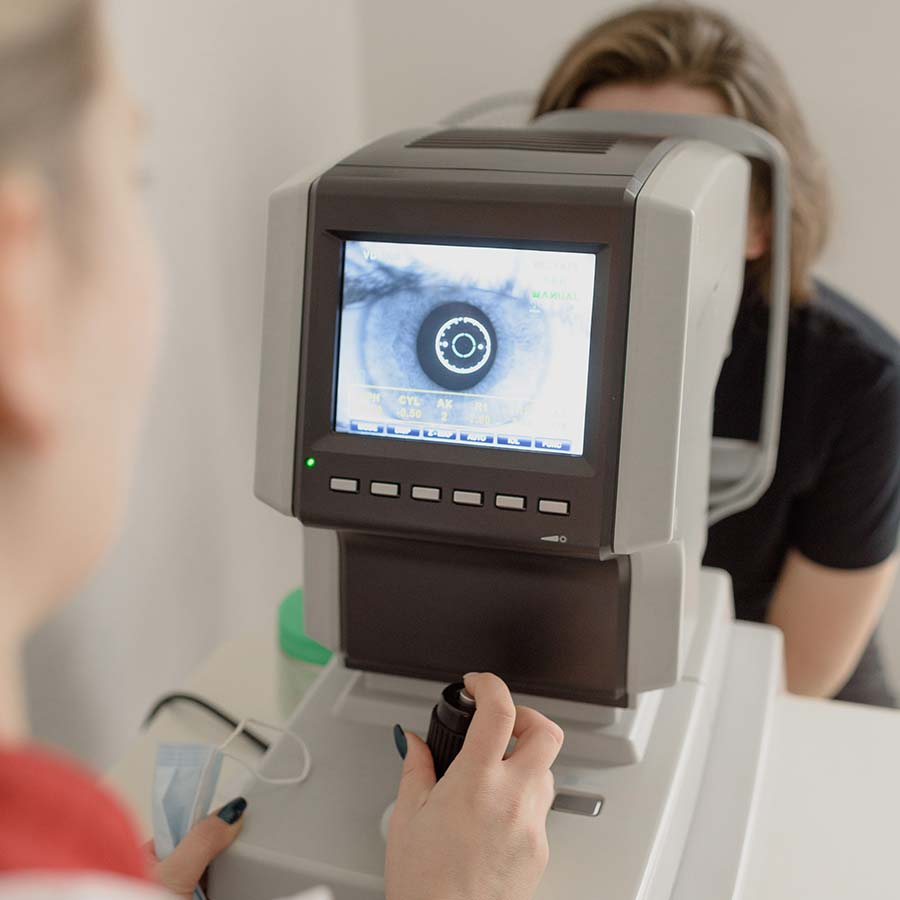Understanding Glaucoma: The Silent Threat to Vision
Glaucoma is a group of eye diseases that damage the optic nerve, often due to elevated intraocular pressure (IOP). It’s a leading cause of irreversible blindness worldwide, affecting over 80 million people. What makes glaucoma particularly dangerous is its “silent” progression—many people don’t experience symptoms until significant vision loss occurs. Regular eye pressure checks are critical for early detection and prevention.
Types of Glaucoma
- Open-Angle Glaucoma: The most common type, characterized by slow fluid drainage and gradual IOP increase.
- Angle-Closure Glaucoma: A sudden blockage of fluid drainage, causing rapid pressure spikes and emergency symptoms.
- Normal-Tension Glaucoma: Optic nerve damage occurs even with “normal” IOP levels.
The Role of Eye Pressure in Glaucoma
Intraocular pressure (IOP) is the primary modifiable risk factor for glaucoma. While not everyone with high IOP develops glaucoma, sustained pressure can compress the optic nerve, leading to irreversible vision loss. The “normal” IOP range is 10–21 mmHg, but this varies by individual.
Why Monitoring Matters
High eye pressure often has no warning signs. Without regular checks, damage can go unnoticed for years. Early detection through IOP measurements allows treatments like medicated eye drops, laser therapy, or surgery to slow progression.
Who’s at Risk? Key Factors to Consider
Certain groups face a higher risk of glaucoma and should prioritize frequent eye pressure checks:
- Age: Risk doubles every decade after age 40.
- Family History: A 4–9x higher risk if a close relative has glaucoma.
- Ethnicity: African, Hispanic, and Asian populations are disproportionately affected.
- Medical Conditions: Diabetes, hypertension, or severe nearsightedness.
How Often Should You Get Your Eye Pressure Checked?
The frequency of IOP monitoring depends on your risk profile:
General Guidelines
- Ages 20–39: Every 3–5 years if no risk factors.
- Ages 40–54: Every 1–3 years.
- Ages 55–64: Every 1–2 years.
- Ages 65+: Annually.
High-Risk Individuals
If you have risk factors like diabetes or a family history, your ophthalmologist may recommend:
- Annual exams starting at age 35.
- Bi-annual checks if early signs of optic nerve damage are detected.
What to Expect During an Eye Pressure Test
IOP is measured using a tonometry test. Common methods include:
Goldmann Applanation Tonometry
The gold standard, using a calibrated device to flatten part of the cornea under numbing drops.
Non-Contact Tonometry (“Air Puff Test”)
A quick, painless method using a burst of air to estimate pressure.
Additional Diagnostic Tools
- Optic Nerve Imaging: OCT scans to assess nerve fiber thickness.
- Visual Field Test: Maps peripheral vision loss.
Reducing Your Risk: Tips for Healthy Eye Pressure
While you can’t control all risk factors, these steps help maintain healthy IOP:
- Exercise Regularly: Moderate aerobic activity can lower IOP by 20%.
- Limit Caffeine: High intake may temporarily spike pressure.
- Sleep Position: Avoid sleeping face-down if you have glaucoma.
- Manage Medications: Steroids (oral or inhaled) can increase IOP.
When to Seek Immediate Care
Sudden symptoms like severe eye pain, blurred vision, or nausea could indicate acute angle-closure glaucoma—a medical emergency requiring treatment within hours to prevent blindness.
Conclusion: Stay Proactive, Protect Your Vision
Glaucoma’s irreversible nature makes prevention and early detection non-negotiable. Stick to your recommended check-up schedule, especially if you’re high-risk. Remember: your eyesight is priceless, and a simple pressure test could save your vision.




